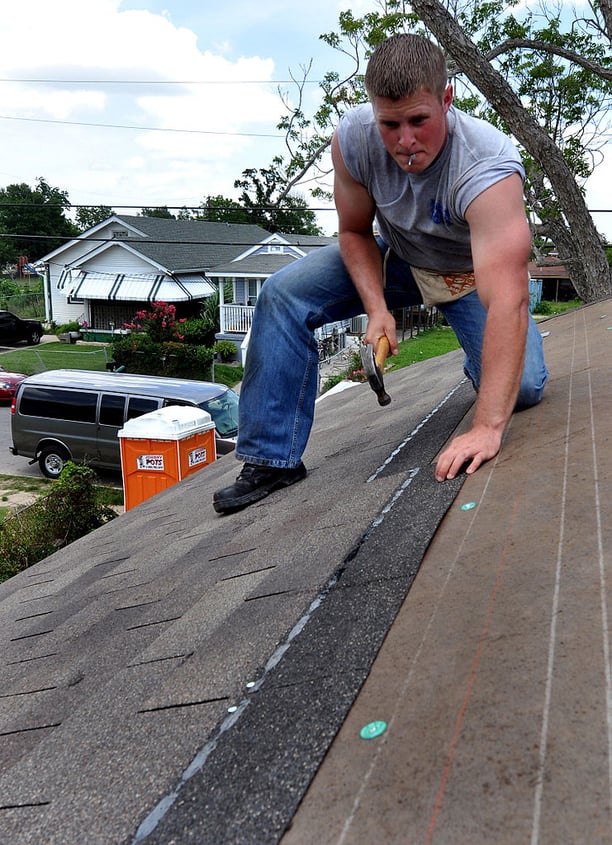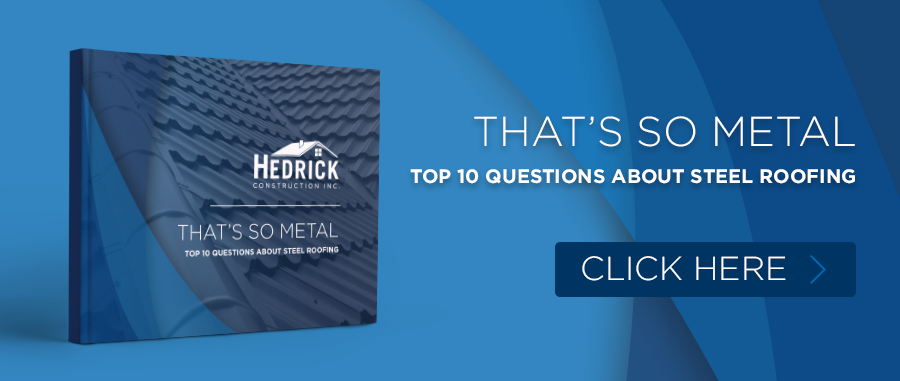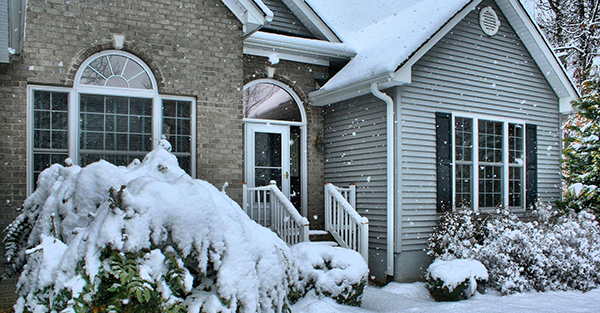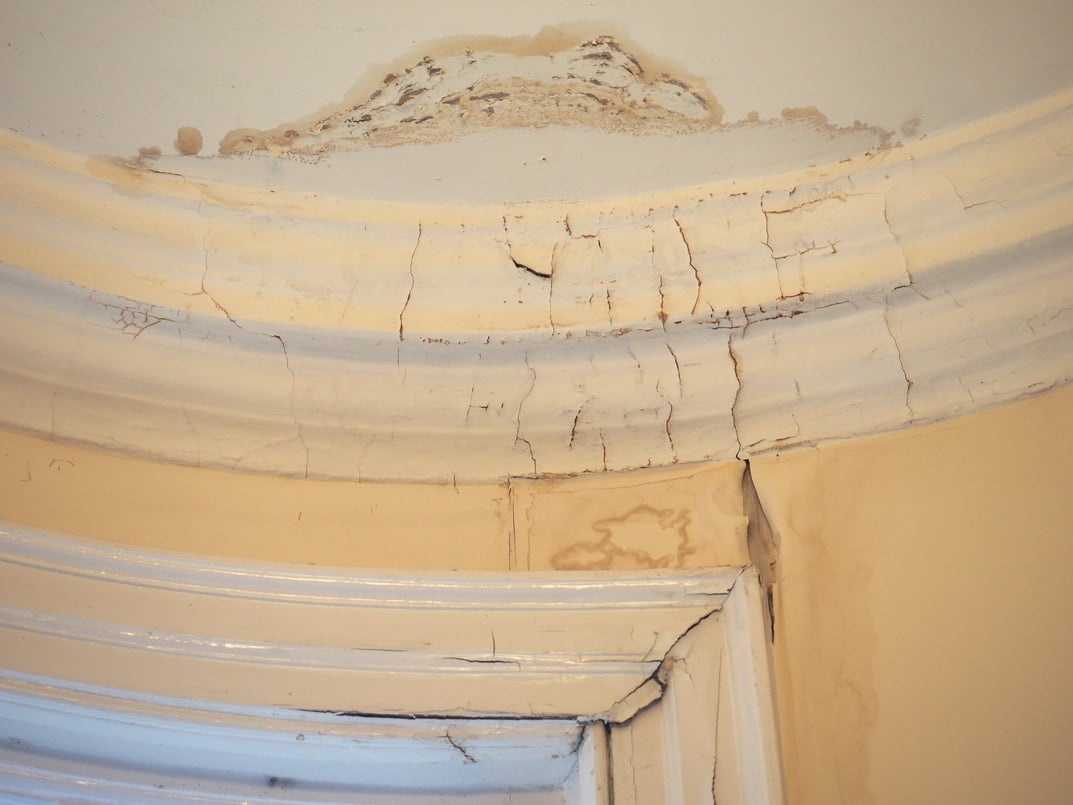
A beautiful roof is one of the most important features of your home. It improves your home’s curb appeal, keeps you warm and dry, and protects your home from the damaging effects of hail and other rough weather. But underneath your home’s asphalt or architectural shingles is something that’s even more important to keeping your home safe and secure: its underlayment.
What Is Roofing Underlayment?
When a roofing company installs architectural or asphalt shingles on a home, the roofing professionals don’t just nail the shingles onto sheets of wood. As you can imagine, if this were the case, any time there was the slightest bit of damage to a shingle, it would present the opportunity for water to seep into the substrate and cause damage to your roof structure, potentially leading to rot, mold, and interior leaks.
Shingle underlayment provides a protective barrier between the roof framing material and your home’s shingles. There are a few different types of material commonly used for this protective layer, and if you’re having a new roof installed, you may have to make a decision which one to choose. Making the right decision for your home can extend the life of your roof and minimize the need for maintenance and repairs.
Felt Roofing Underlayment
The least expensive type of underlayment is made up of felt that has been saturated with asphalt to make it water resistant. Felt underlayment can vary in price depending on its degree of saturation; since asphalt is its most expensive component, the more asphalt it contains, the more durable and expensive it will be. Often, felt underlayment also contains fiberglass reinforcement, which increases its strength and durability. Over time, however, even the highest quality asphalt felt will eventually wear down and become penetrable by water.
Felt underlayment can be a good option for steeply sloped roofs, which allow water to quickly run off, but standing water can seep into it and infiltrate your roof’s structure. Felt underlayment is also vulnerable to sun damage, which accelerates deterioration of the asphalt, so it’s not the best choice for roofs that get a lot of direct sunlight. While it is an economical option, felt lags behind in overall quality, durability, and total water resistance. If you are installing a long-lasting roofing material like high quality architectural shingles or an extremely durable option like stone-coated steel roofing, a felt underlayment would not be recommended.
Hot-Applied Rubberized Asphalt Membrane
A better underlayment option than felt is one made with a “rubberized” asphalt material. Asphalt can be polymer-modified with bitumen (a viscous mixture of hydrocarbons), which gives it rubber- or plastic-like properties. It is applied in large panels that are bonded together or heat-fused into one seamless membrane. Due to its flexible and elastic nature, it is able to fill in space around nails or staples, bridge cracks in the substrate surface, and conform to surface irregularities.
This type of underlayment is better suited for high temperature climates than felt. It can be very resistant to moisture penetration, since there are no seams for water to infiltrate. Because of this, it is also better for use on flat roofs or other roofs where there is a danger of water pooling. This type of roofing underlayment contains materials that resist expansion and contraction as well as reflecting harmful UV rays, so it is more durable and longer lasting than felt.
Synthetic Membrane
Synthetic underlayment is similar to a hot-applied rubberized asphalt membrane underlayment in design, but its composition is a synthetic rubber or thermoplastic (like polyethylene or polypropylene) rather than bituminized asphalt. In addition to being fully waterproof, it adds a highly protective layer of insulation between your roof frame and shingles. Incongruously, it is also more breathable, allowing humidity to escape while resisting water penetration.
Synthetic underlayment protects admirably against wind, rain, and ice, helping to prevent ice dams and water leaks no matter what the roof slope. It is durable and long lasting, lightweight, fungus resistant, and highly reflective of direct UV radiation. Overall, this type of underlayment receives better safety ratings overall than the other types.
Fire Resistance Ratings
On the topic of safety, another important factor to consider when choosing an underlayment is its fire resistance rating. Most underlayment products provide similar protection from smoke, but flame protection can vary greatly among materials. Underlayment products are rated A, B, or C, with A being the most and C being the least fire resistant. Depending on your area's level of risk, a more highly rated underlayment could significantly decrease your home's vulnerability to fire caused by lightning striking your home.
The price differences between underlayment options usually add up to a few hundred dollars in your overall roof replacement project. If you are investing in a high quality roof that will improve your home’s value for years to come, choosing a better quality, more durable, water-resistant underlayment may well be worth the extra cost.
Hedrick Construction is a great resource for all of your Des Moines, Ankeny, and Ames roofing needs. If you have questions about shingle underlayment, roofing materials, or roof replacement, we can help! We will help you figure out which type of underlayment is best for you and take care of all your roofing needs. Contact us today!
If you're interested in stone-coated steel roofing materials, download our complimentary eBook! Learn why these durable, efficient roofs are a great all-around choice.









Comments